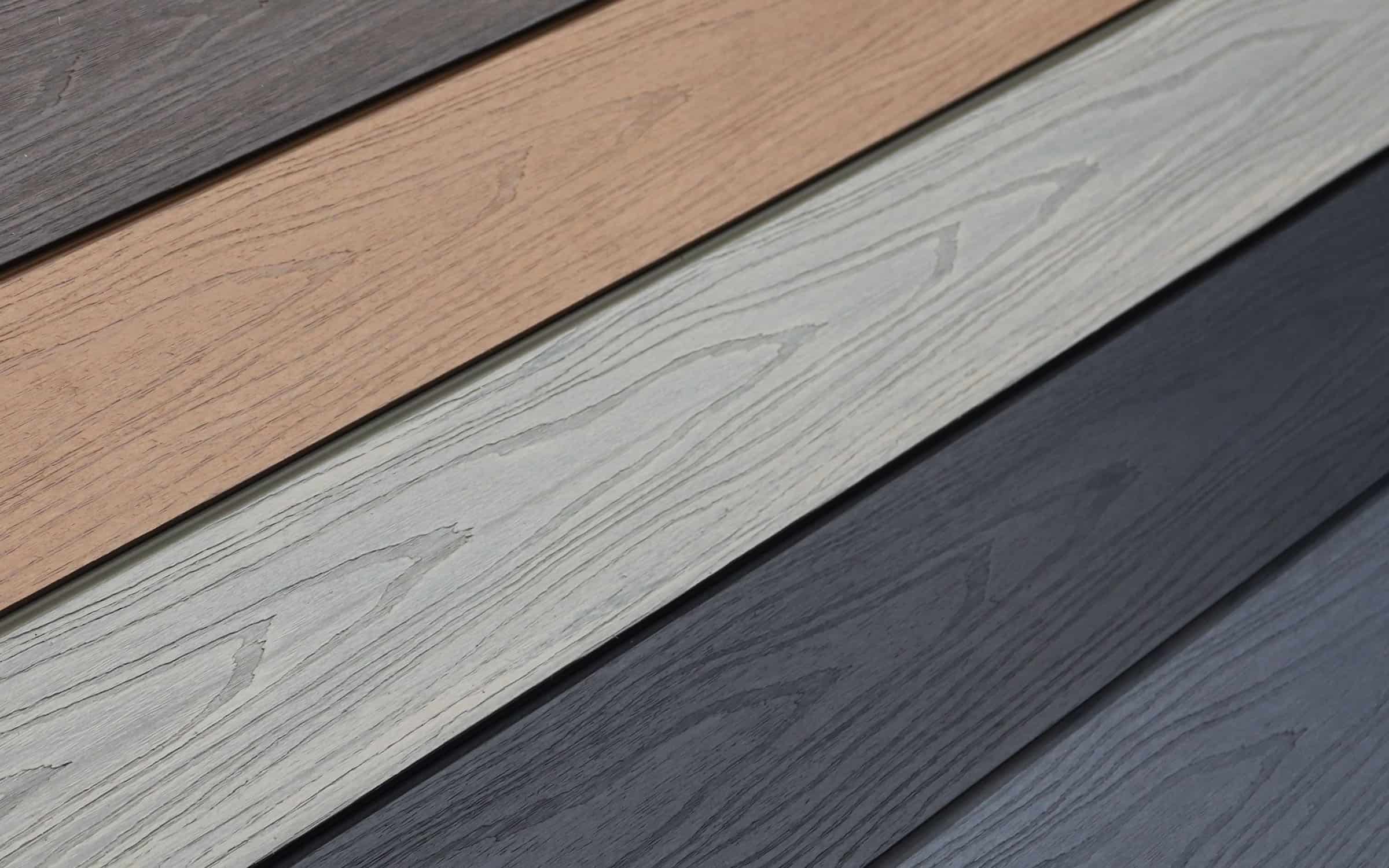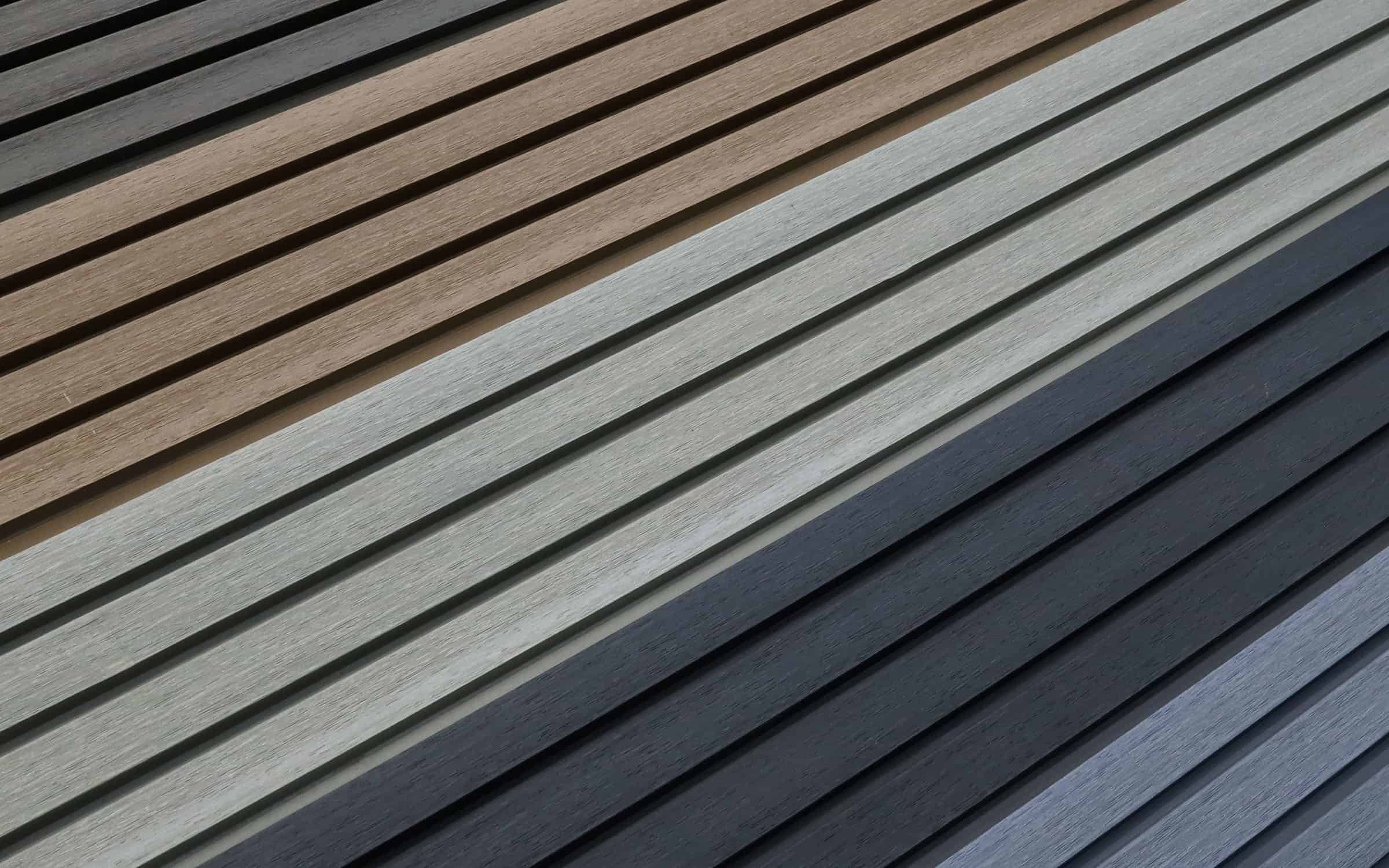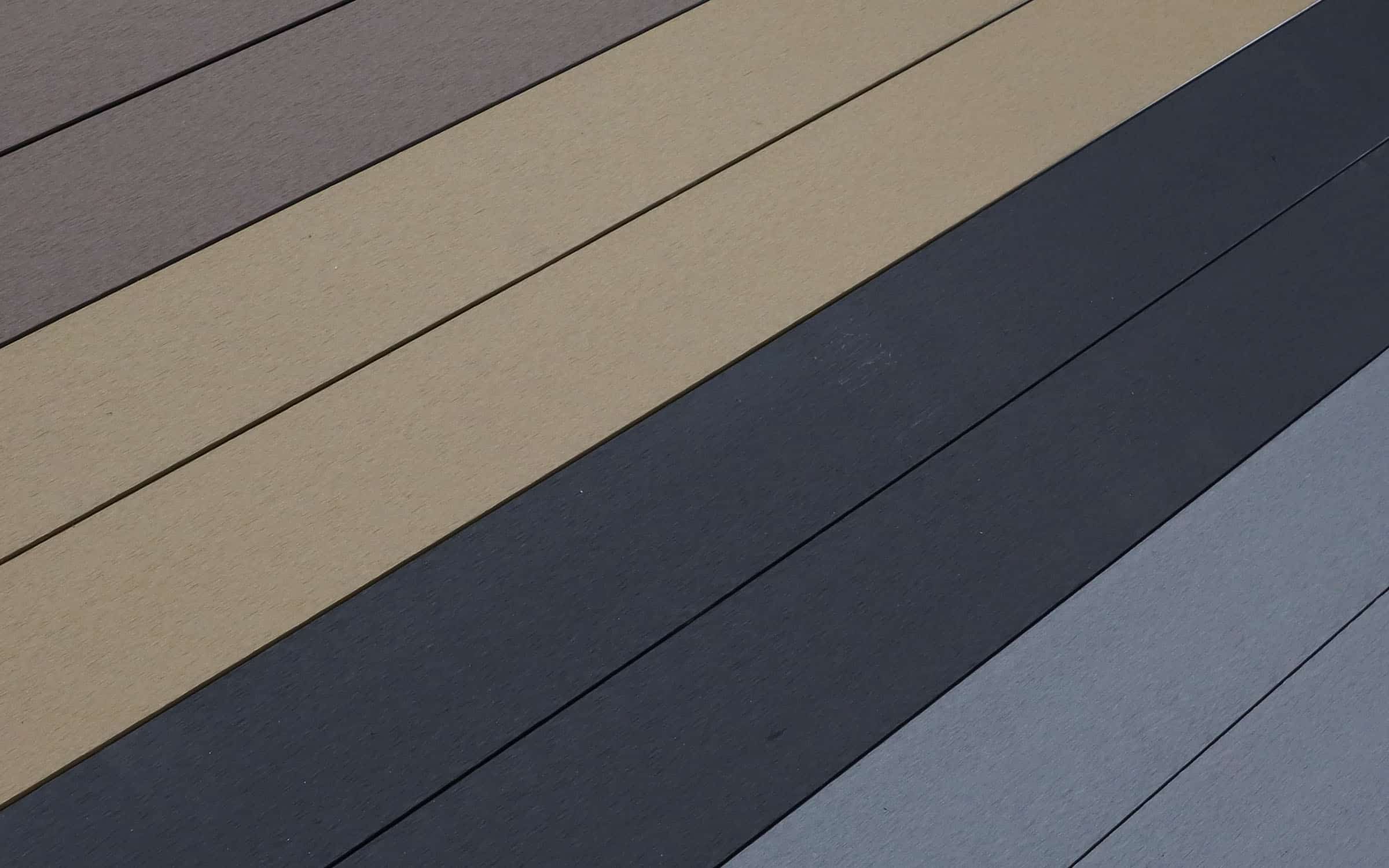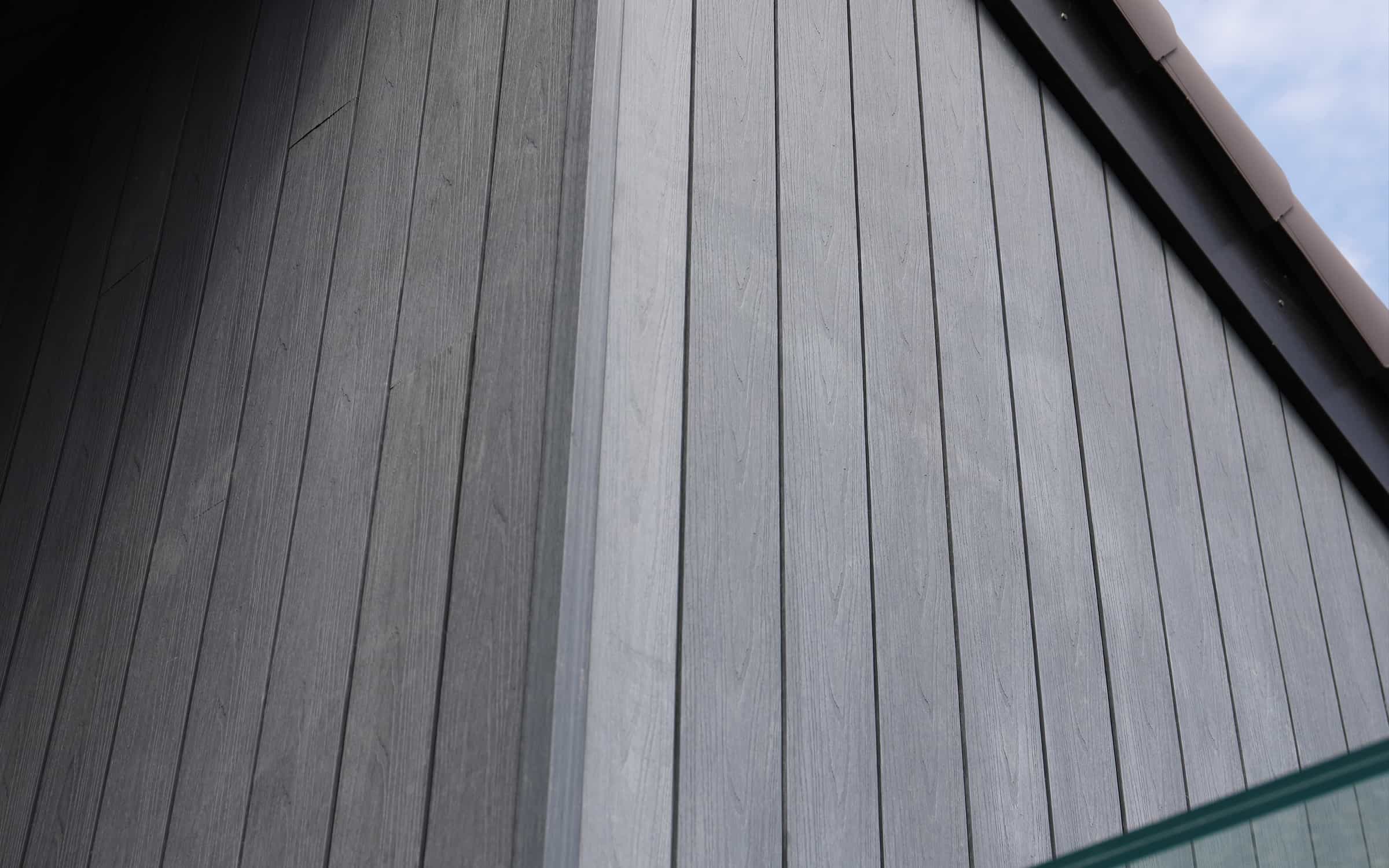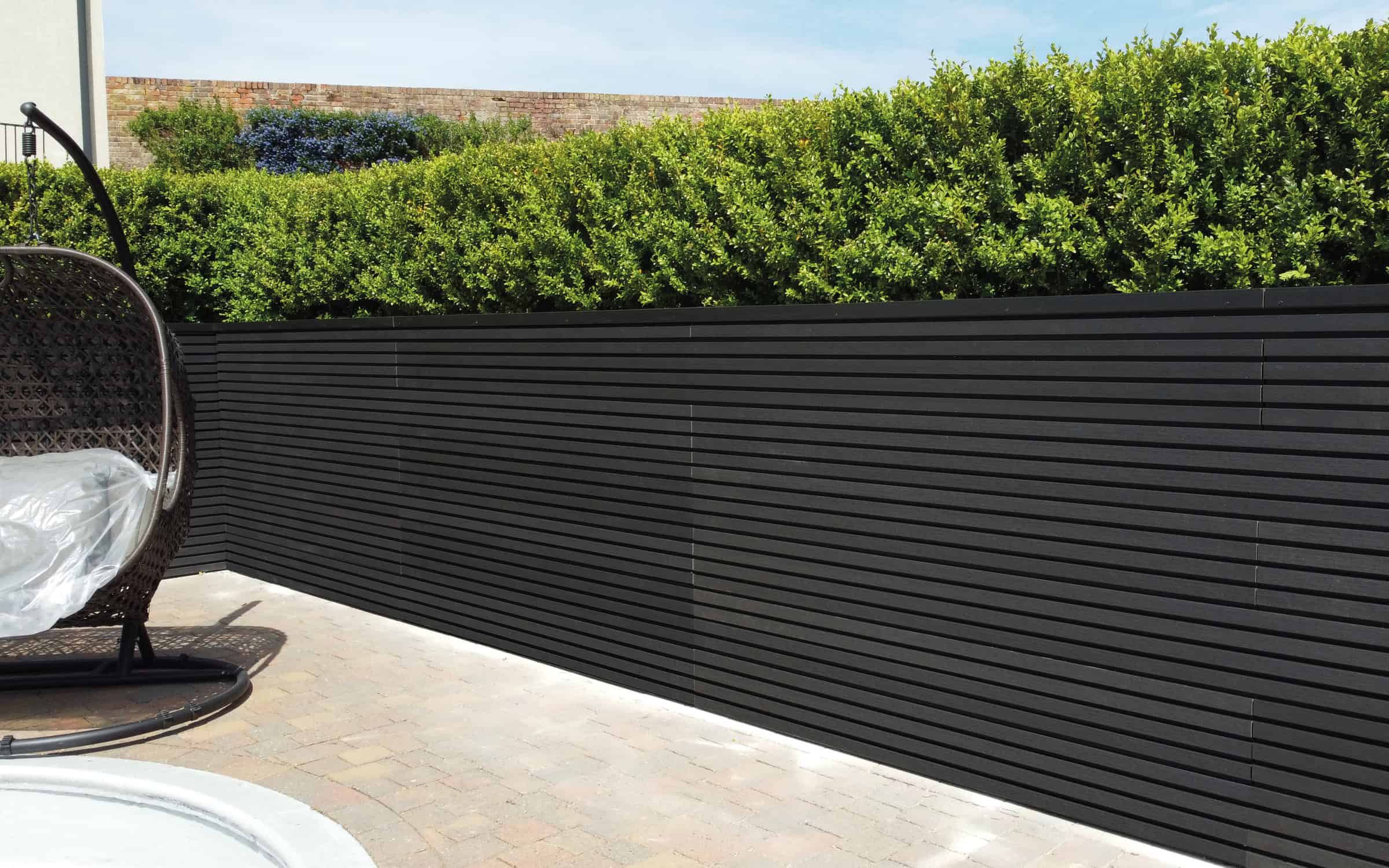What’s the difference between traditional and capped composite cladding? Let’s compare the NeoTimber® ranges…
Unless you work in the trade, some of the terms which are regularly banded about regarding composite, specifically cladding, may be somewhat confusing. Most composite manufacturers and suppliers sell two different types of composite materials, traditional composite and capped composite. In this article, we look at a side-by-side comparison of the two types of composite cladding to help you understand how they stack up and how and why they are listed and priced differently.
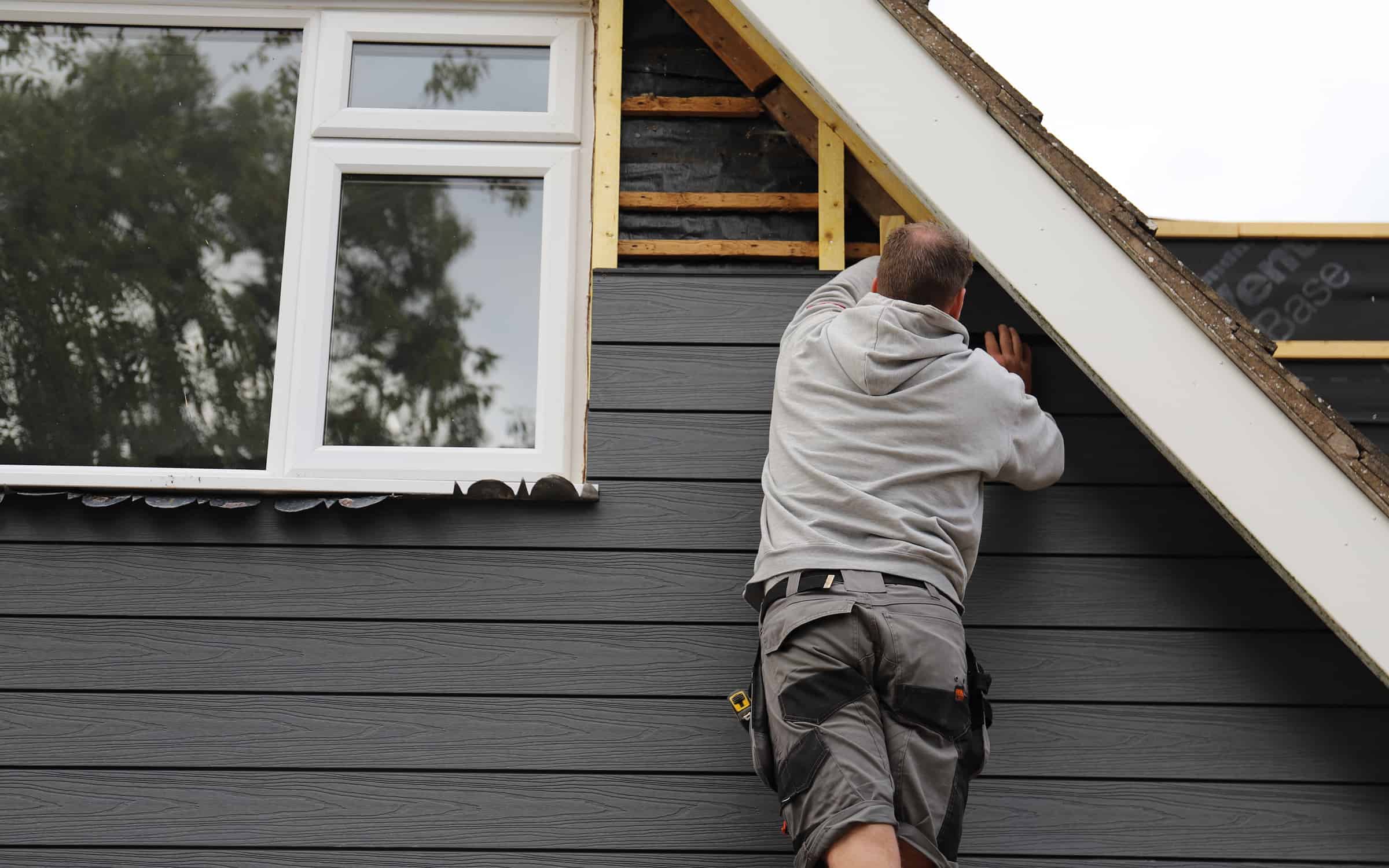
Traditional Composite Cladding
An improvement on wood, due to its strength, robustness and water-resistant properties, Traditional composite has set the standard for non-timber decking and cladding alternatives. As a result, composite cladding has earned itself a reputation as an ideal material for cladding new build and sprucing up renovation properties, within the property market, as well as being widely utilised as a premium landscaping material.
Our traditional range of cladding performs brilliantly. Delivering a clean, modern fascia for your home, NeoTimber® traditional cladding requires minimal maintenance. Priced to be affordable, our composite cladding offers a smart facade which conveniently covers any alterations, such as relocated windows, ties in extensions and disguises damaged brickwork from removed rendering or stone cladding.
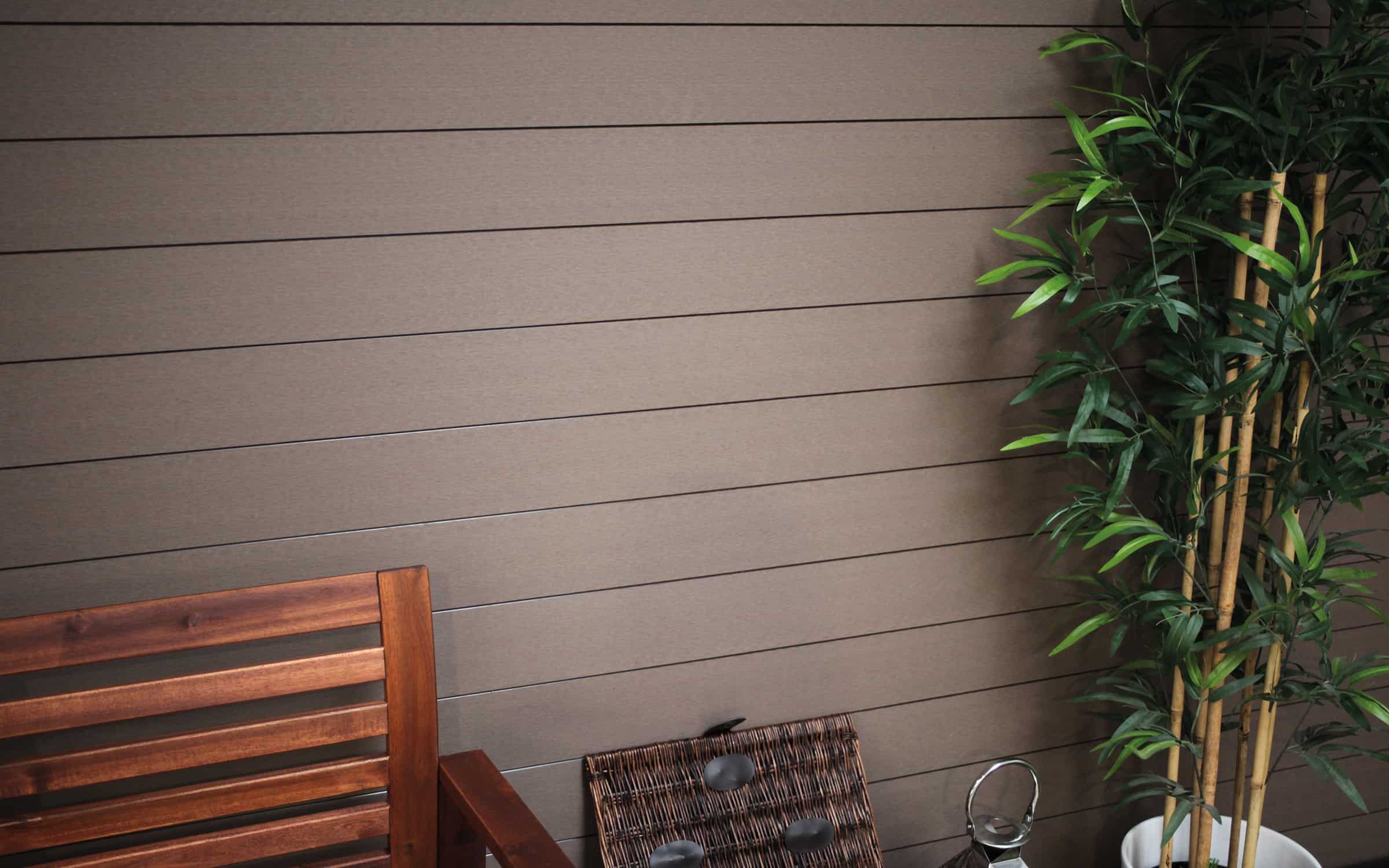
VS
Capped Composite Cladding
Whilst traditional composite cladding is an improvement on timber, it is still prone to a degree of weathering and is not totally impervious to water absorption and staining.
The capped composite products represent an improvement upon the performance of composite timber. Capped cladding has the same core of wood and plastic as traditional but is sheathed in a polymer sleeve for added protection from UV light and water.
Engineered with built-in UV inhibitors, the capped cladding retains its out-of-the-box colour throughout its lifespan, without fading. The polymer capping of the product also offers a higher level of stain and fade resistance than many 1st generation composite materials.
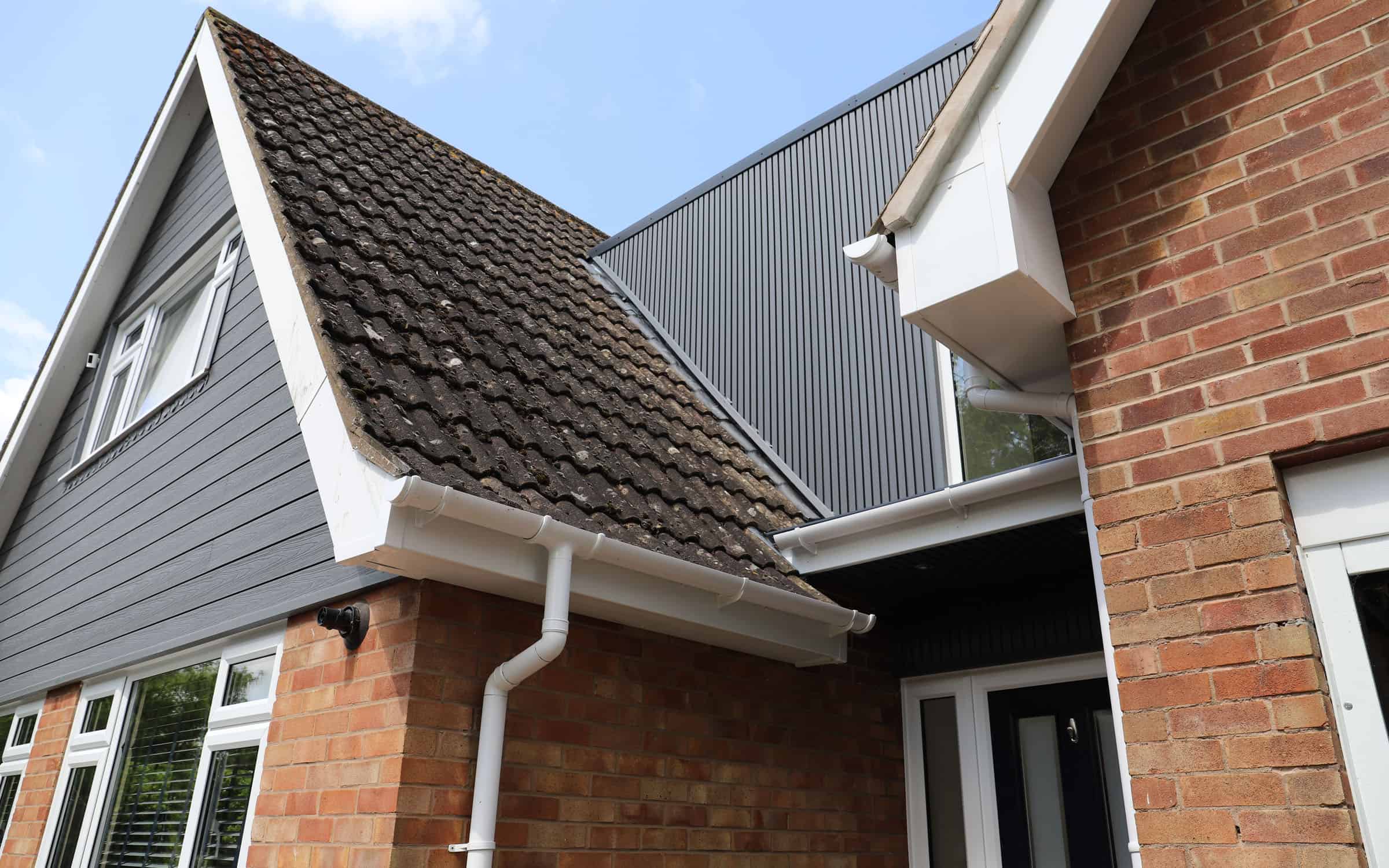
Investigating The Pros & Cons
Depending on what you’re looking for, each composite cladding type has its advantages. Traditional composite has more of an understated aesthetic, being designed with limited UV inhibitors which allow the cladding to weather-down to a natural, timber-like look. These inhibitors allow weathering for a period but then lock, meaning that your cladding will not experience further excessive colour change. Capped composite materials have stronger UV inhibitors which prevent any fading and comes with a higher level of stain resistance. The result essentially means that the premium “out the box” look and colour of our capped composite cladding product remains for years.
Very often, our customers choose between the products based on their application and requirements, as well as preferences on colour and finish. Some environments, for instance, require a slightly more fade resistant solution, to others. As an example, a hard-to-reach area of the facade of a property may well benefit from a capped composite product over a traditional board due to its easy maintenance properties.
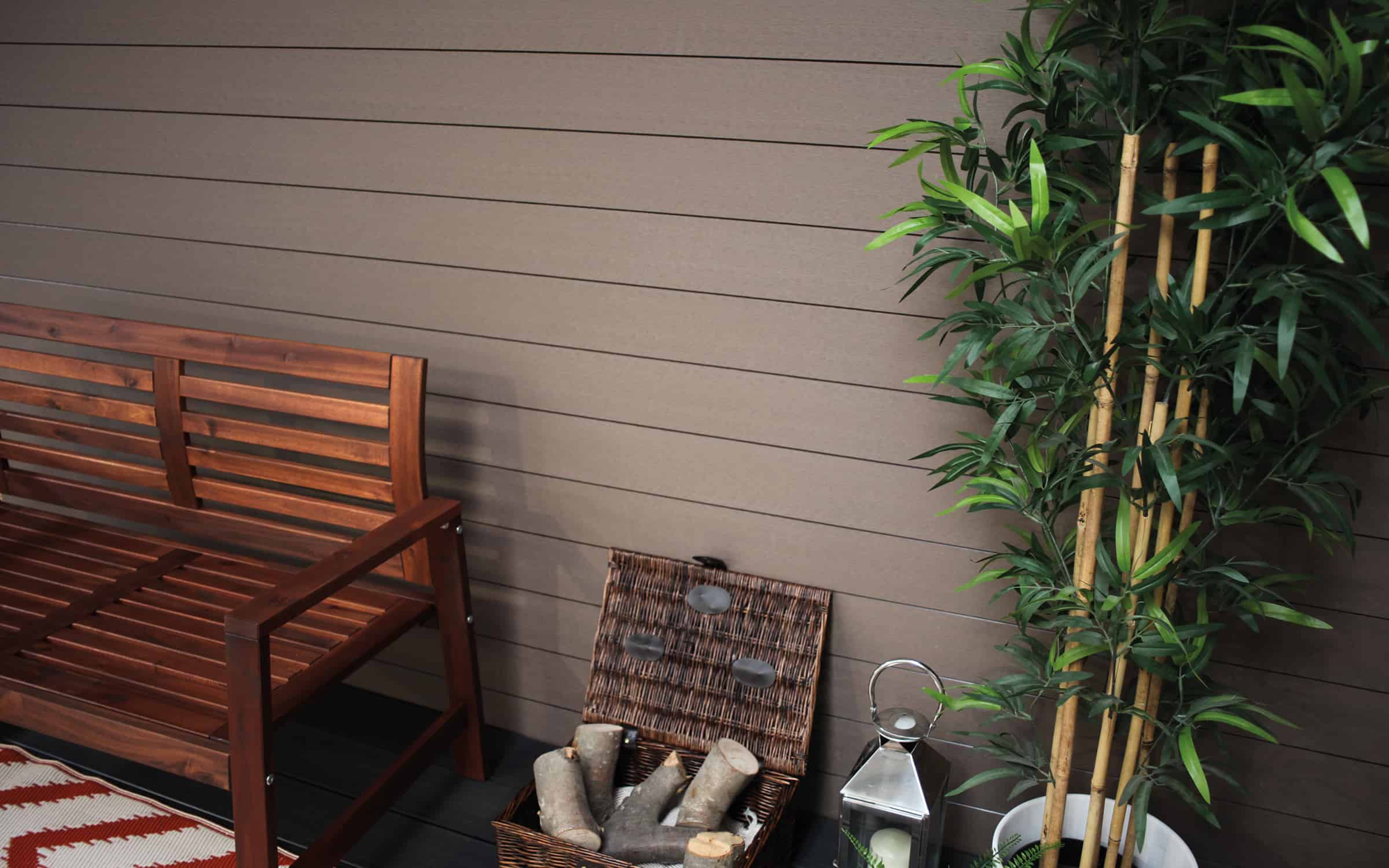
The NeoTimber® Classic Composite Cladding Range
Within the traditional range, you find the Classic cladding board. The Classic is our entry-level cladding board and offers an authentic timber-like matte finish for an affordable price tag. Our classic cladding board allows you to still retain the natural feel of your cladding build, without the laborious, intensive work that goes into its upkeep.
The surface of our classic board is designed to weather down to a natural, sanded finish. NeoTimber® Classic cladding is the perfect board if you’re looking to simply replace existing cladding with a replica timber product and is available in four colours: grey, chocolate brown, charcoal black and teak.
The NeoTimber® Slatted & Deluxe Composite Cladding Ranges
There are two kinds of cladding to choose from within the capped range, these are the Deluxe and Slatted cladding boards. The Deluxe is basically a capped version of the Classic, offering greater fade-resistance, water-resistance and stain-resistance. A premium product, it has a stunning, deep-embossed woodgrain pattern.
Our Slatted range looks exactly like timber slatting, without the hassle of attaching each slat individually. With four slats per board, there is greater coverage per board. Slatted boards are wider than our other cladding ranges, therefore, material and cost estimates should be calculated on a m2 basis for an accurate comparison. Both our Deluxe and Slatted boards are available in five stunning colours: grey, chocolate, antique, charcoal and teak.
Need Further Support or Advice?
If you’ve still got questions that have not been answered here, or you would like additional advice,
support or assistance then please give one of our friendly experts a call and we’ll be happy to help.
Just give us a call on 01530 382 180.

